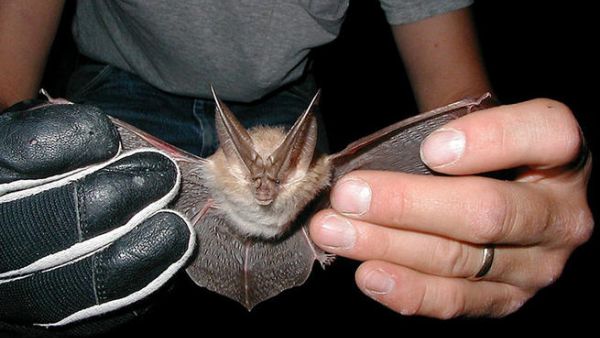The Middle East Respiratory Syndrome virus (MERS) has been traced to bats in the Kingdom, the Ministry of Health has announced.
According to a ministry official, scientists from the Kingdom and the US have found DNA matching the MERS virus in a sample taken from a bat in Saudi Arabia.
The study was initially conducted by a team of researchers from the Kingdom, as well as from Columbia University, who detected MERS in a bat near the home of a man who died from the disease. The team found a small fragment of the virus’ genes in the animal that matched those seen in the patient.
The study, headed by the Ministry of Health, was conducted from October to April. It was initially conducted on 76 bats from the areas where the virus cases were identified.
Researchers subsequently obtained samples from 732 bats for their study from across the Kingdom. He said the study found that 28 percent of the sampled cases contained the virus.
The viral DNA was found in a fecal swab taken from a Taphozous perforatus bat, also known as an Egyptian tomb bat, said Ian Lipkin, head of Columbia University’s Center for Infection and Immunity. Lipkin’s lab, famous for uncovering new viruses, played a lead role in this work.
The bat, which was found in Bisha, was among numerous bats found with the virus, primarily identified as the Saudi MERS virus. The man, who died in June 2012, was the first case that brought the new virus to light, though it was later found that earlier cases had occurred in Jordan in April that year.
The researchers interviewed the family of the Bisha victim and collected samples from bats close to his home, including those at an abandoned date palm orchard and a garden near his work.
The team also trapped bats in two other cities in Saudi Arabia and headed back to the US with more than 700 samples. When they tested the samples in the lab, the MERS virus showed up in a fecal pellet from an Egyptian tomb bat caught near the patient’s home.
According to the Undersecretary for Public Health at the Ministry of Health, Ziad Memish, bats have always been suspected to be the original source of the virus, but went on to say that there are probably other players in the chain of transmission that have yet to be discovered.
“There must be another factor in the middle,” Memish said during a talk on MERS in Washington. “Is it food? Is it another animal reservoir? That is something to be determined.”
The ministry official said researchers would continue to find the mode of transmission from bats to humans. “It will be easier for us to bring the disease under control once the mode of transmission is established,” he added.








